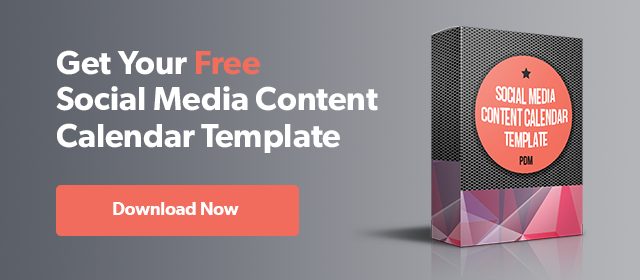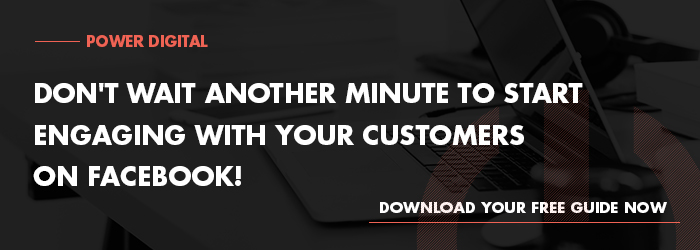Important New Facebook Features for Brands in 2018

- 1. The New Facebook Algorithm
- 2. New rules for the GDPR
- 3. Crackdown on Click Bait
- 4. Free Sound Library
- 5. Change in Partner Categories
- 6. Expanded Video Metrics
- 7. Facebook A/B testing
- 8. Product Ads in Marketplace Listings
- 9. Cross-Posting Between Facebook and Instagram
- 10. Non-Profit Fundraising Tool
- 11. Instant Articles
Most brands and businesses already know that Facebook is an integral part of a digital marketing strategy. Facebook’s analytical tools are highly refined and sophisticated and available to businesses basically for free (other than paid promotional campaigns).
Aside from the brand exposure itself, brands and businesses can gain a lot of insight about who their consumers really are and how their brand is perceived in the real world.
Recent scandals, such as the Cambridge Analytica scandal (in which the company allegedly used improper means to obtain personal information from people’s Facebook accounts) has the digital marketing world scrambling to adapt to new regulations around both the personal information of users as well as the type of content that is now allowed on the platform. Every brand and business that uses Facebook as an advertising/publicity platform (which is pretty much all of them) needs to familiarize themselves with the important updates that were rolled out in response to recent security breaches and publicity the social media mogul has received.
Alas, it’s not all bad for brands. In fact, some of the new updates and features can be very beneficial to legitimate businesses trying to carve out their niche in the marketplace. Here are some of the most important features you should know about to optimize your Facebook marketing strategy.
The New Facebook Algorithm
Whenever someone logs into Facebook, there are millions of pieces of potential content that can come up in their feeds. Facebook uses four primary factors to determine what content gets put in front of who: Inventory (all the content out there); Signals (how that content is being engaged with); Predictions (What that user might also like); and Overall score.
For businesses, Signals are what determines what kind of promoted content gets in front of what user. Whereas before, all kinds of user-behavior factors determined what stories came up on people’s news feed, Facebook narrowed down what qualifies as a Signal in their 2018 updates. For example, something that the user is actively engaging in (such as likes, comments, or shares) would rank higher in the algorithm than passive interaction, such as clicking, watching, or hovering.
Facebook’s goal behind this algorithm change is to get content that is more personal to the user and creates more meaningful engagement. For example, Facebook announced that they will be putting a higher priority on putting content from family and friends higher in their users’ news feeds.
What does this mean for brands looking to successfully position themselves on Facebook? In sum, brands will need to create content that users engage with on an active level, as denoted above. Comments and shares are your friend. Easier said than done — after all, it has always been every business’s goal to create compelling content (the old saying “content is king” comes to mind). The advantage (or positive spine) is that the new algorithm will help flush out some of the click bait and low-quality content.
Brands with legitimately compelling content will have more of an open field to grow in.
Related: Facebook Advertising & News Feed Algorithm History

(Source: http://www.tengoldenrules.com/new-facebook-algorithm)
New rules for the GDPR
The buzz in the digital media industry this year has been the roll out of GDPR — General Data Protection Regulation, a piece of European legislation that went into effect on May 25, 2018. Because Facebook has millions of users in Europe, it had to take steps to comply with the new regulations. Prior to the implementation of GDPR, Facebook simply had to keep a privacy policy page on their website informing users that they were using their information and how. After the implementation, Facebook was required to gain express permission from users to both collect and use their data as they had been before. Every user, both in the US and abroad, was prompted to give permission to use their data. Facebook also updating their privacy settings on user accounts so that users have more control over how their information is obtained, tracked, and used.
Related: What Does GDPR Mean for Facebook Advertising

(Source: https://www.adweek.com/digital/cambridge-analytica-and-the-repercussions-for-gdpr/ )
Crackdown on Click Bait
As Facebook’s popularity exploded, more and more businesses got onto the platform looking to drive traffic to other websites.
The platform became saturated with clickbait — articles directly asking for engagement from its users or other thinly veiled attempts to get them to do so.
After some pretty bad publicity surrounding the issue, Facebook took measures to reduce garbage content on its platform. It introduced algorithms that could detect headlines that contained commonly used phrases in clickbait headlines (such as “like or comment” or “you won’t believe what happened next”). When the algorithm detects such verbiage in a post, it automatically lowers its ranking in the social network’s News Feed. Why does this matter to your brand? Review Facebook’s updated policies regarding clickbait to ensure your content doesn’t get flagged and demoted in rankings.
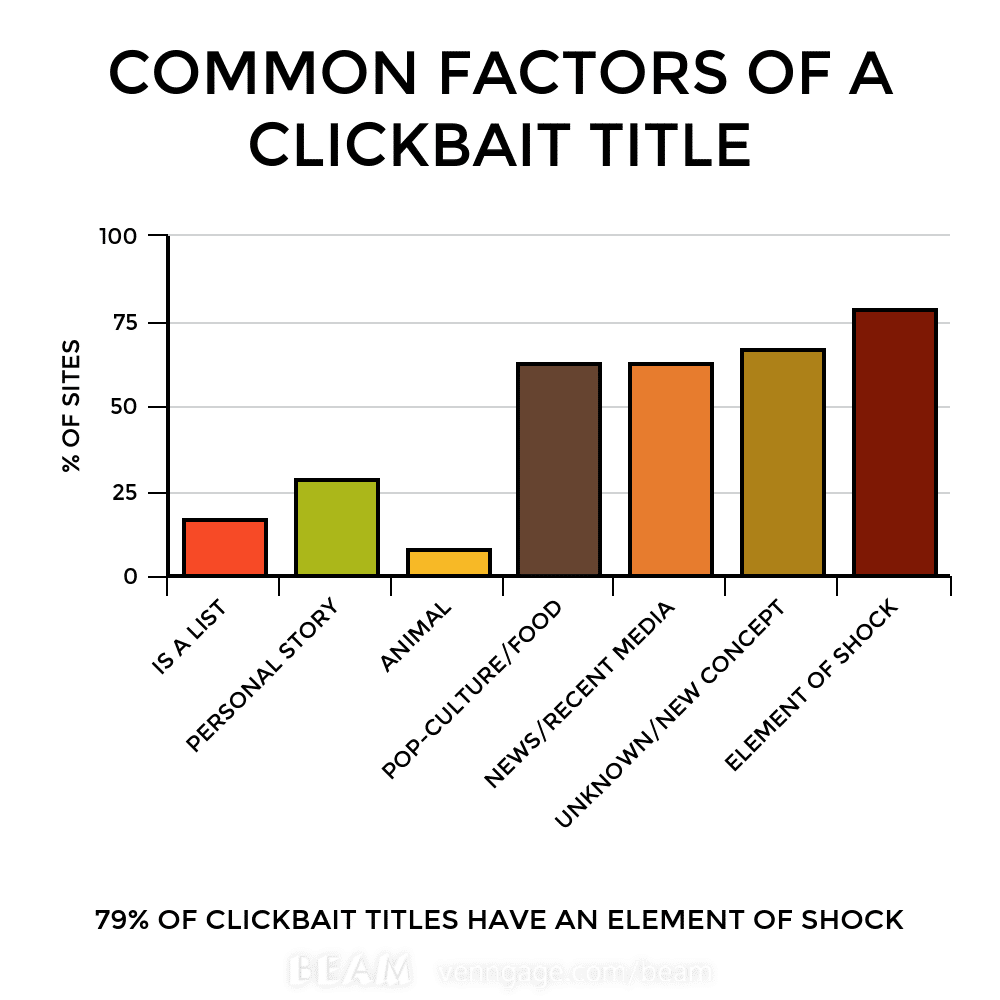
(Source: https://venngage.com/blog/7-reasons-why-clicking-this-title-will-prove-why-you-clicked-this-title/)
Free Sound Library
In a less reactive update, Facebook also recently launched a sound library for video content creators — testament to the fact that Facebook isn’t trying to curtail content all together, but rather, ensure the majority content on the page is worthwhile.
The sound library is available to content creators who can use it to edit videos for posts without worrying about copyright infringement. The library is currently fairly limited but will likely grow.
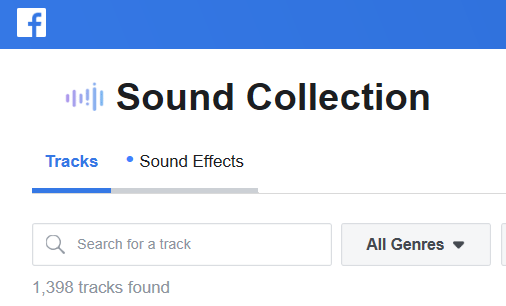
(https://www.facebook.com/sound/collection/?sound_collection_tab=sound_tracks)
Change in Partner Categories
Facebook uses very sophisticated data to determine how to position relevant content in front of users. Prior to the Cambridge Analytica scandal of 2018, Facebook wasn’t only relying on its on platform to determine how to target users. They bought data from other businesses. Your Vons card? Yeah, that’s a data mining tool that Facebook was probably getting your information from (I see you’re a big fan of mac n’ cheese…) That’s why when you started looking for some product outside of Facebook, you would begin seeing related ads served in your News Feed.
In the wake of the Cambridge Analytica fiasco, Facebook seemed to want to get ahead of another potential PR nightmare by preemptively axing their partnerships before they took more heat for invasion of privacy. It is currently being phased out.
What does this mean for marketers?
The takeaway is that data about consumers’ offline behavior will not be as readily available.
Marketers and advertisers will need to either rely on Facebook’s first-party data (which is robust, but again, doesn’t cover consumers’ offline behavior nearly as thoroughly) or obtain third-party data from … well, a third party. Such data is usually not free, but there are services out there such as Oracle where businesses can buy access to offline consumer data.
Related: Facebook Cuts Partner Categories Targeting
Expanded Video Metrics
For all that Facebook seems to be pulling back on, they’re still throwing marketers a bone here and there. One such area: Facebook has added two more metrics to their data analytics of videos. More video content, please.
The first pertains to the breakdown of traffic between followers and non-followers, which provides excellent insight as to whether or not you’re getting exposure to potential new consumers. The second shows a breakdown of audiences by gender, which can be a great insight when targeting your audiences in your campaigns or even keeping such data in mind while developing product.

Source: https://www.facebook.com/business/news/Coming-Soon-Video-Metrics
Related: Facebook’s New Dating Service
Facebook A/B testing
Currently in the works, Facebook A/B testing is one major feature we’re excited to see roll out soon. With this update, marketers can try out different copy and images on the same post to see which gets more engagement and reach. The upside is that if you have good content that just isn’t getting the reach you’d hoped for, you can determine if the issue is the headline copy or featured image and optimize each post accordingly. This will be a huge advantage for social media strategists and campaign managers who will be able to test various avenues for optimization and not lose valuable engagement on quality content.
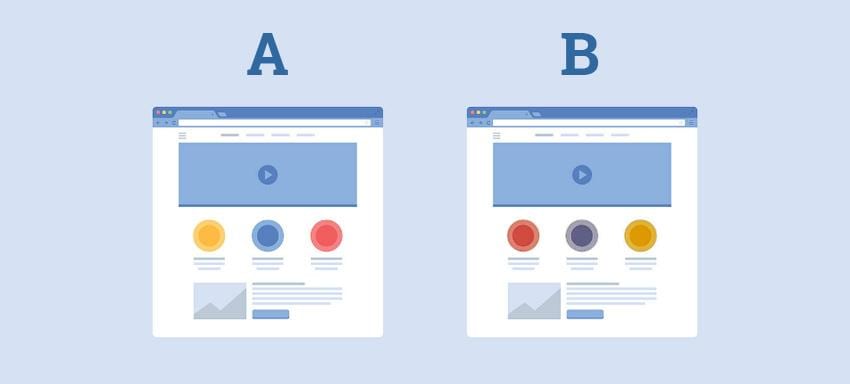
Source: https://www.qeagency.com/blogs/facebooks-new-feature-allows-ab-test-ads/
Product Ads in Marketplace Listings
Facebook Marketplace is essentially Facebook’s Craigslist, where locals can buy or sell items. In June, the company implemented the capability to include product ads in the Marketplace (perhaps to make up for some of the hits they had to take in decluttering the News Feeds from ads and clickbait). The boost feature will be limited to local zip codes, and options to target audiences are much more limited than those in Facebook’s Ads manager. That makes it a great option if you’re trying to sell your bike, but not as great if you’re trying to sell an organic beauty product, as it will not necessarily land in front of the right people. That being said, it will adapt the content based on the users’ clicks.
Related reading: Facebook Marketplace Advertising: What You Need to Know
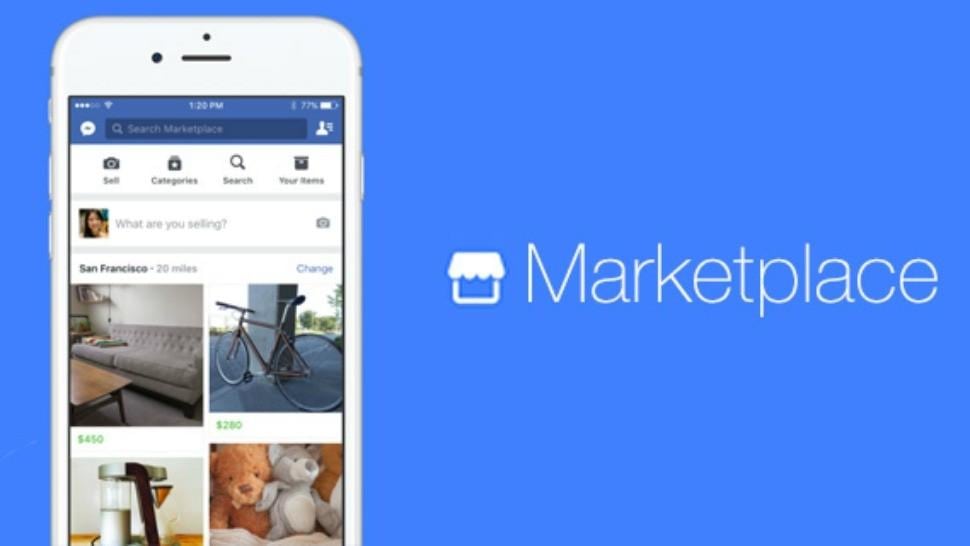
Cross-Posting Between Facebook and Instagram
Just like it sounds, you can now connect your Facebook and Instagram accounts and only have to post from one place. It’s worth noting that this must be done from Facebook, and can’t go the other way (i.e., from Instagram to Facebook). This can be a great time saver, when needed. Most professional social media strategists recommend varying up your content from platform to platform slightly for several reasons. Firstly, there is often a lot of overlap between Instagram, Facebook, and Twitter followers. For them to see the same content in all three places may start to feel spam-like over time. Additionally, different verbiage governs each platform (e.g., re-Tweet vs. share) so what makes sense on one platform might not make sense on another. Some platforms, Twitter in particular, seek to limit identical content in an effort to curtail bot postings.
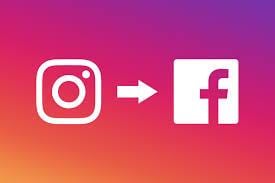
Source: https://mechanised.co.uk/social-media/5-instagram-tips-for-perfect-cross-posting-to-facebook/
Non-Profit Fundraising Tool
Facebook’s fundraising tool rolled out in 2016, but was mostly for organizations registered as a non-profit with the IRS, very much limiting who could use to platform to aggregate funds for charitable causes. But that’s been changed now. In 2018, Facebook expanded on the tool by allowing public figures and brands to use their pages to help promote fundraising campaigns, though the campaign itself still needs to originate with a non-profit organization.
Additionally, Facebook allows for the campaign to be managed by multiple parties with an invite, just like how multiple people can manage a Facebook event with an invite from the administrator.

Source: https://www.facebook.com/nonprofits/videos/10153646942455918/
Instant Articles
Instant articles are a dream come true for publishers who use social media for distribution (which at this point, is all of them). The beauty of instant articles, which initially rolled out in 2018, is that they render quickly (especially on mobile) and allow for publishers to maintain their branding on their content, even when accessed through Facebook.
Facebook recently launched a “read time” feature, that estimates how long it will take to read the article, which is displayed to users.
Publishers can now see what type of content is getting more engagement and use that information to create content that will generate user interest and drive traffic to their sites.
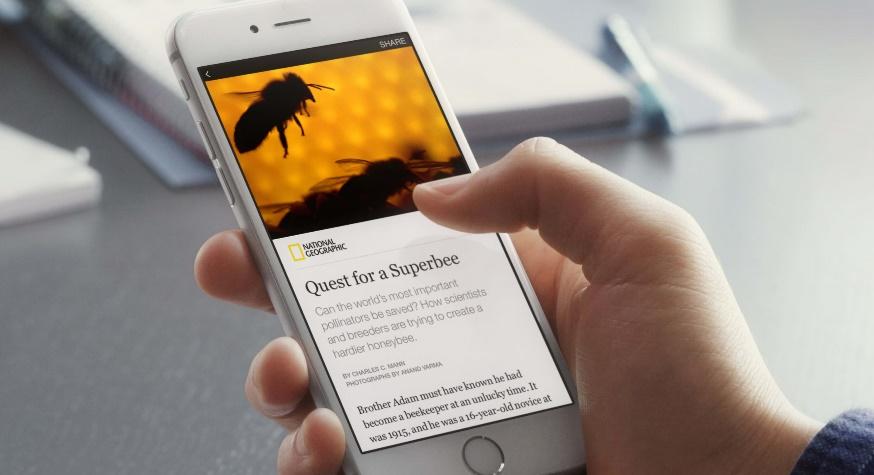
Source: https://instantarticles.fb.com/
Although Facebook has pumped the brakes on a lot of features, causing panic in the marketing world, they have also rolled out new features that encourage publishers and brands to product great content. After all, they need to balance the interest of the users, businesses, as well and their own business’ interests to keep people engaged on the platform–something that is essential to all invested parties. Depending on the type of brand or business, some of these changes and new updates will have a certain degree of impact on operations. However, a great content and digital media strategy can actually use these changes to their advantage and push great content above the noise.
Our Editorial Standards
Reviewed for Accuracy
Every piece is fact-checked for precision.
Up-to-Date Research
We reflect the latest trends and insights.
Credible References
Backed by trusted industry sources.
Actionable & Insight-Driven
Strategic takeaways for real results.


